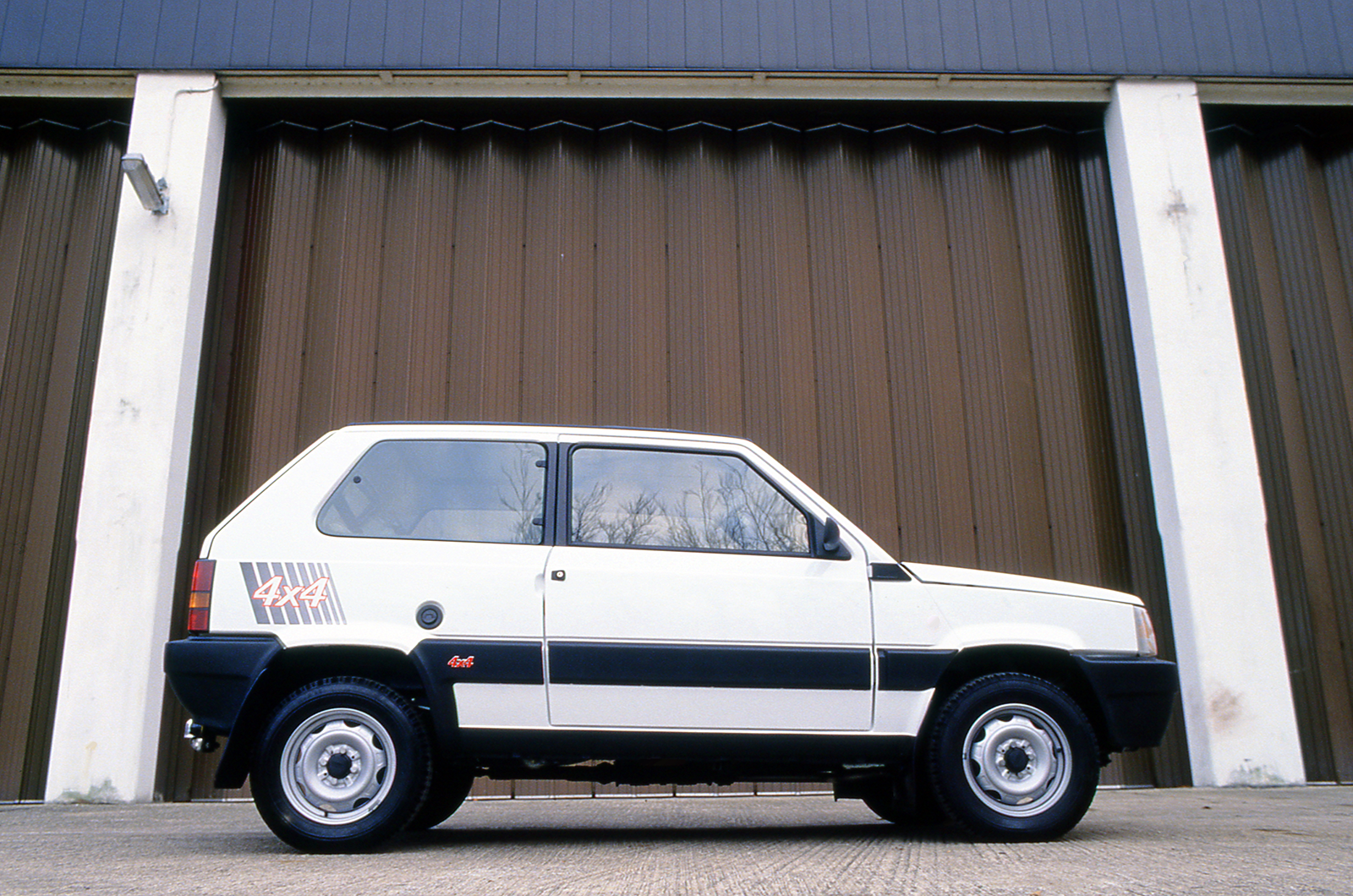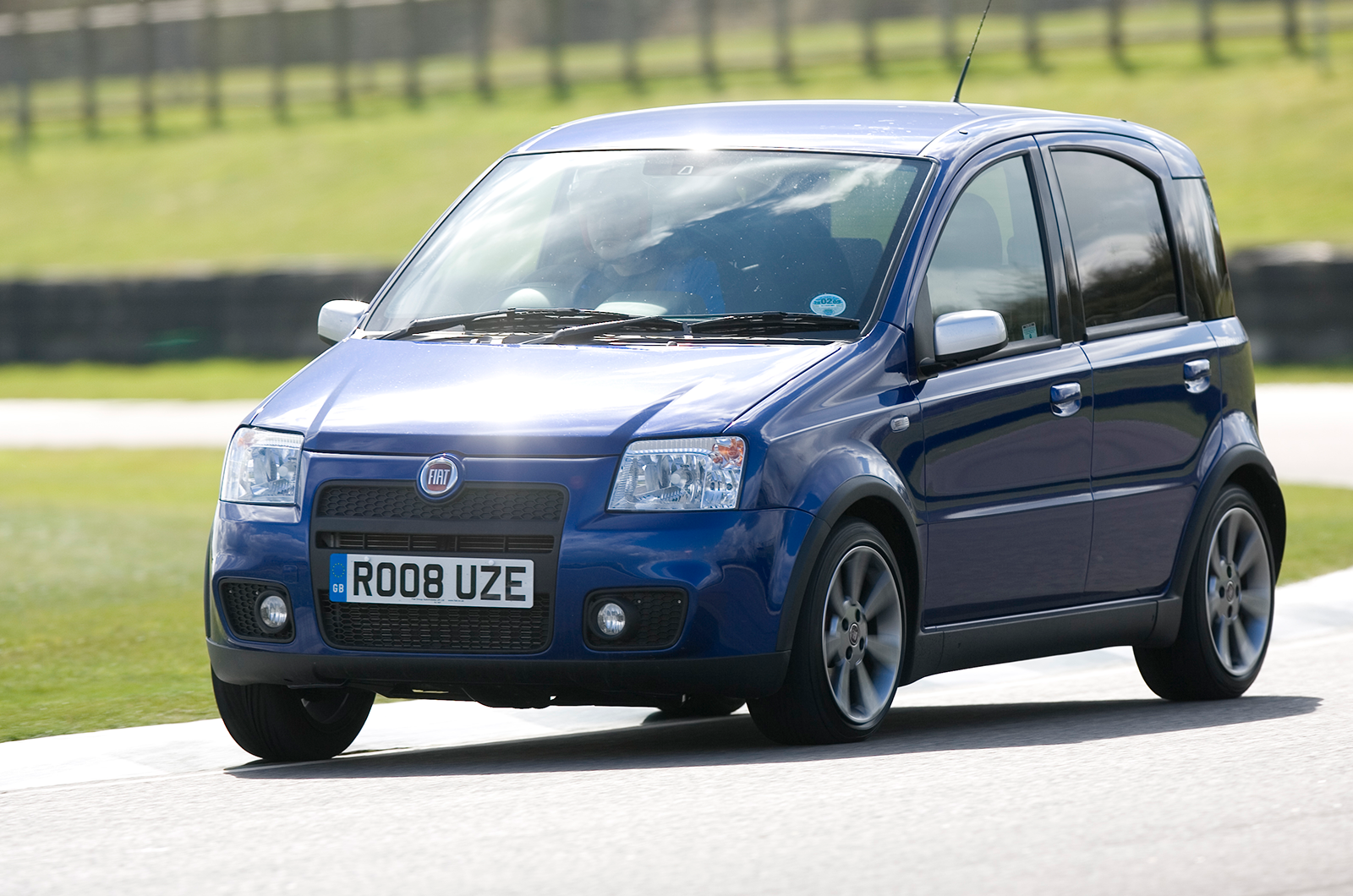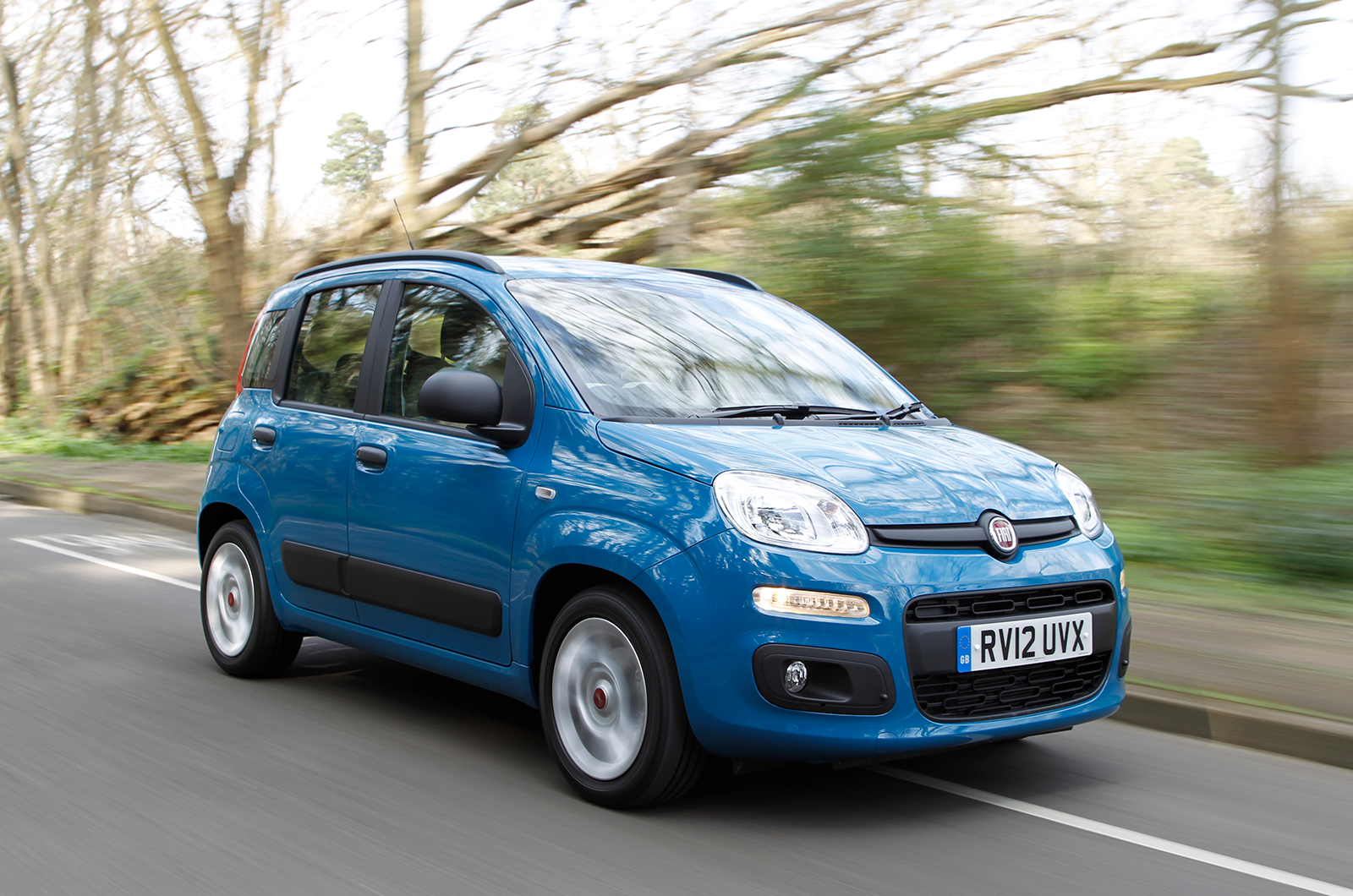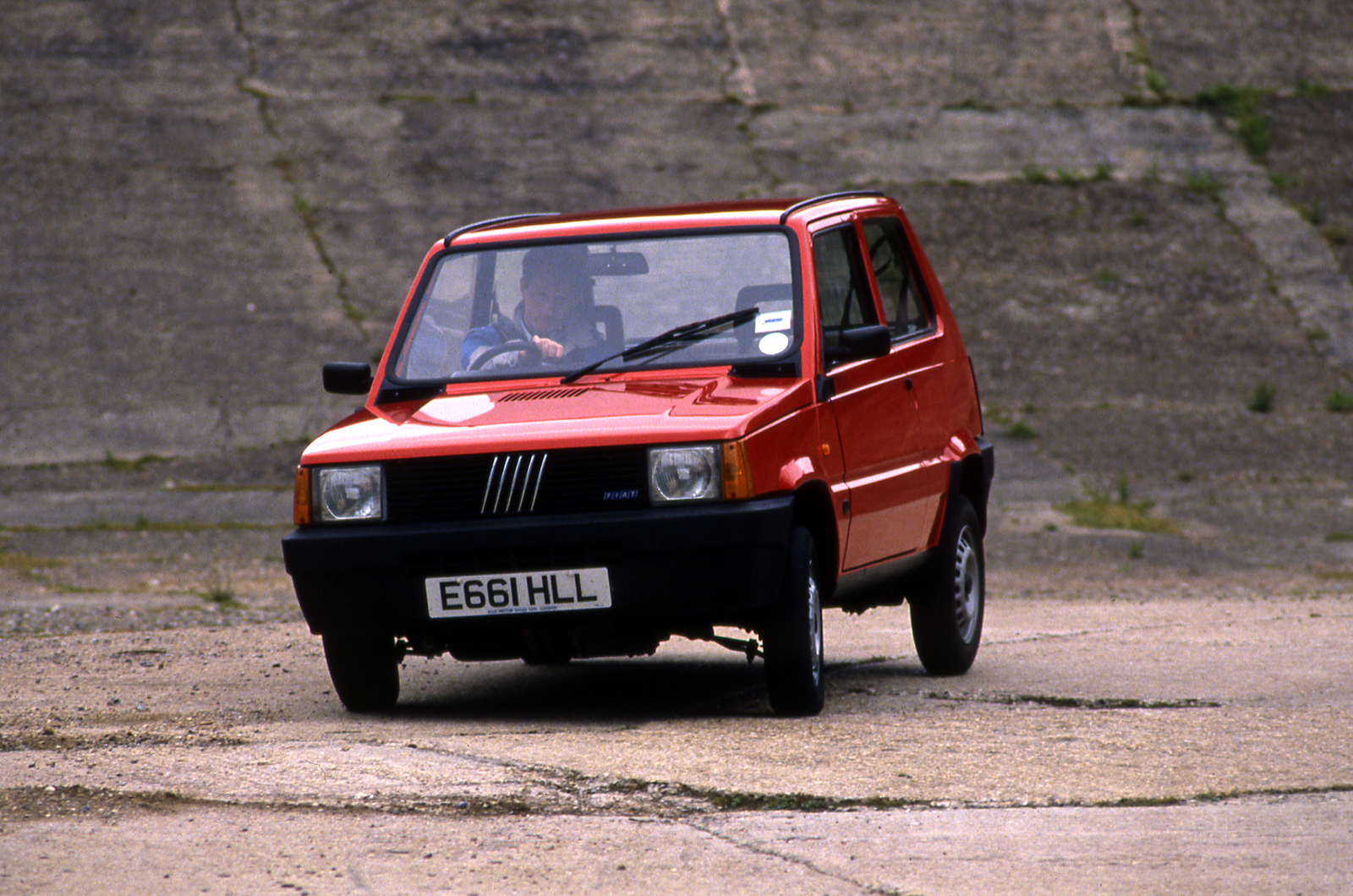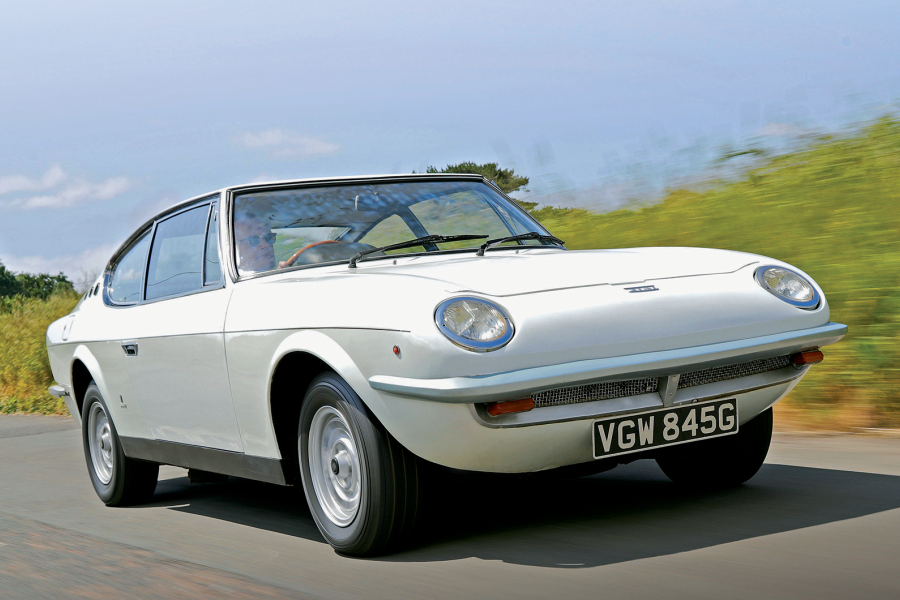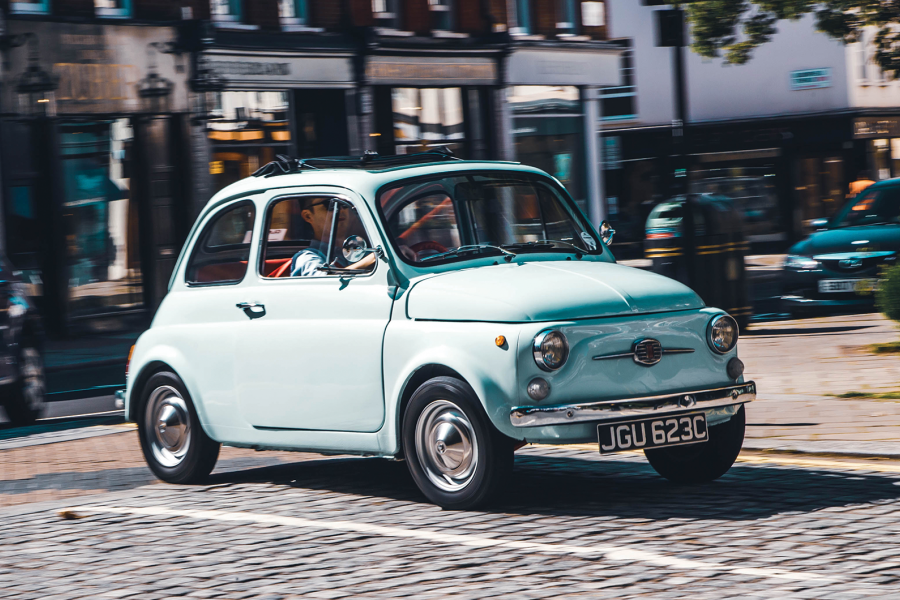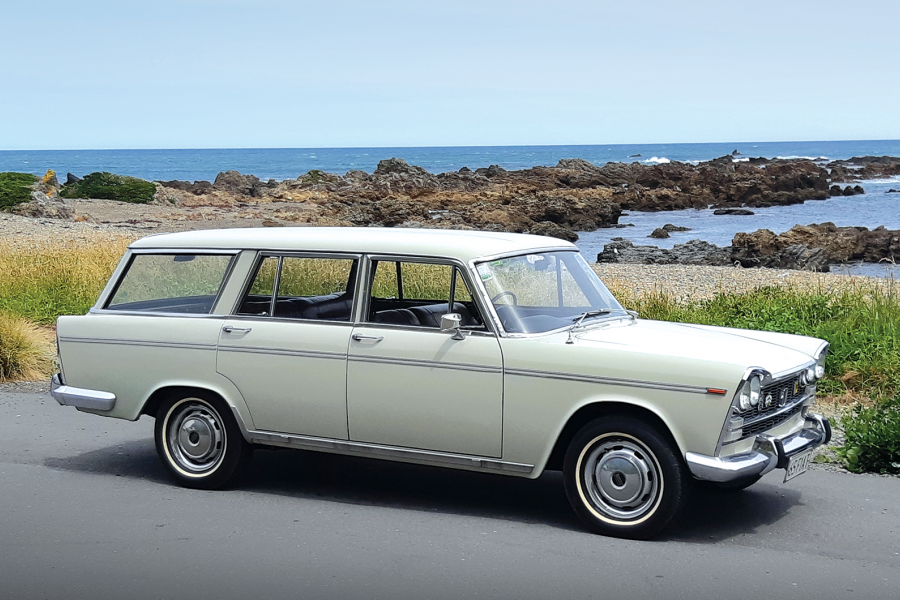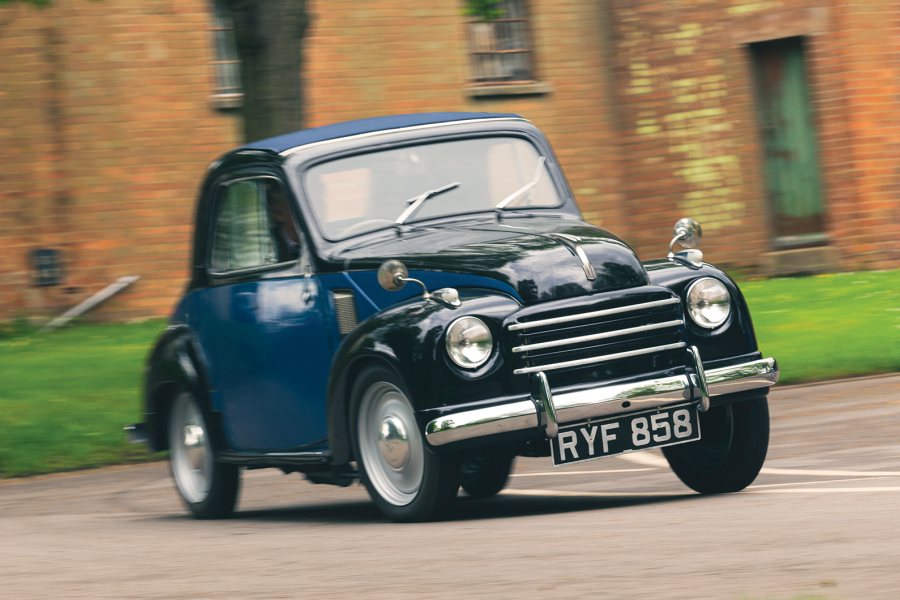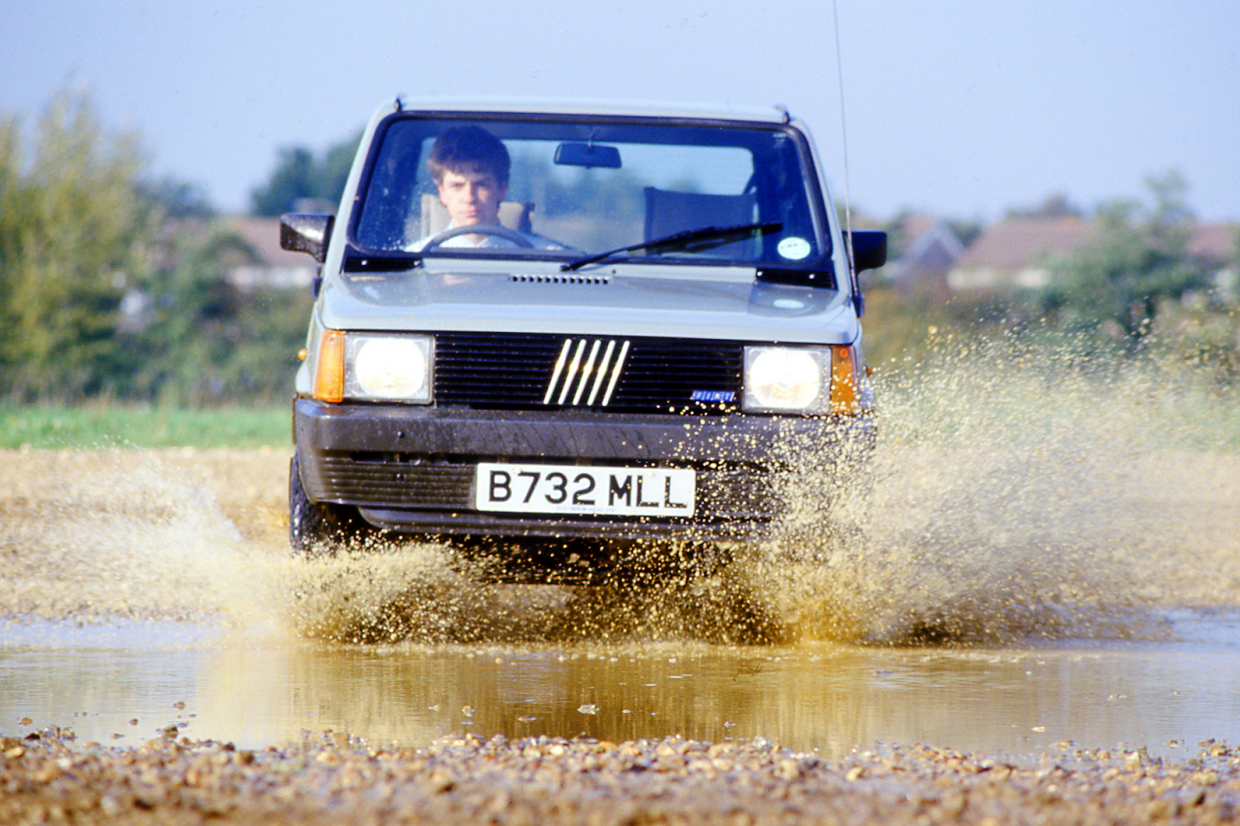
Somewhere in my house is a very elegant, very expensive pair of scissors which I’m informed by those with a deeper knowledge of etiquette than mine are called ‘fruit scissors’.
They live in their own felt-covered, silk-lined case. I’ve never used them, and never will, but I understand that in polite circles they’re used for snipping off parts of a bunch of grapes – before you stuff said morsels into your cakehole.
The point is, they came from Fiat. They were a prize jointly won by me and another journalist, Peter Robinson, at the launch of the second generation Fiat Panda in Italy in about 2002.
The company badly wanted to make a point about the little car’s excellent fuel economy (it has been a running theme for 40 years), so set hacks against one another in an economy run, in teams of two. I was Robbo’s co-driver – and because we tried hard we beat them all, and waltzed triumphantly home with the fruit scissors.
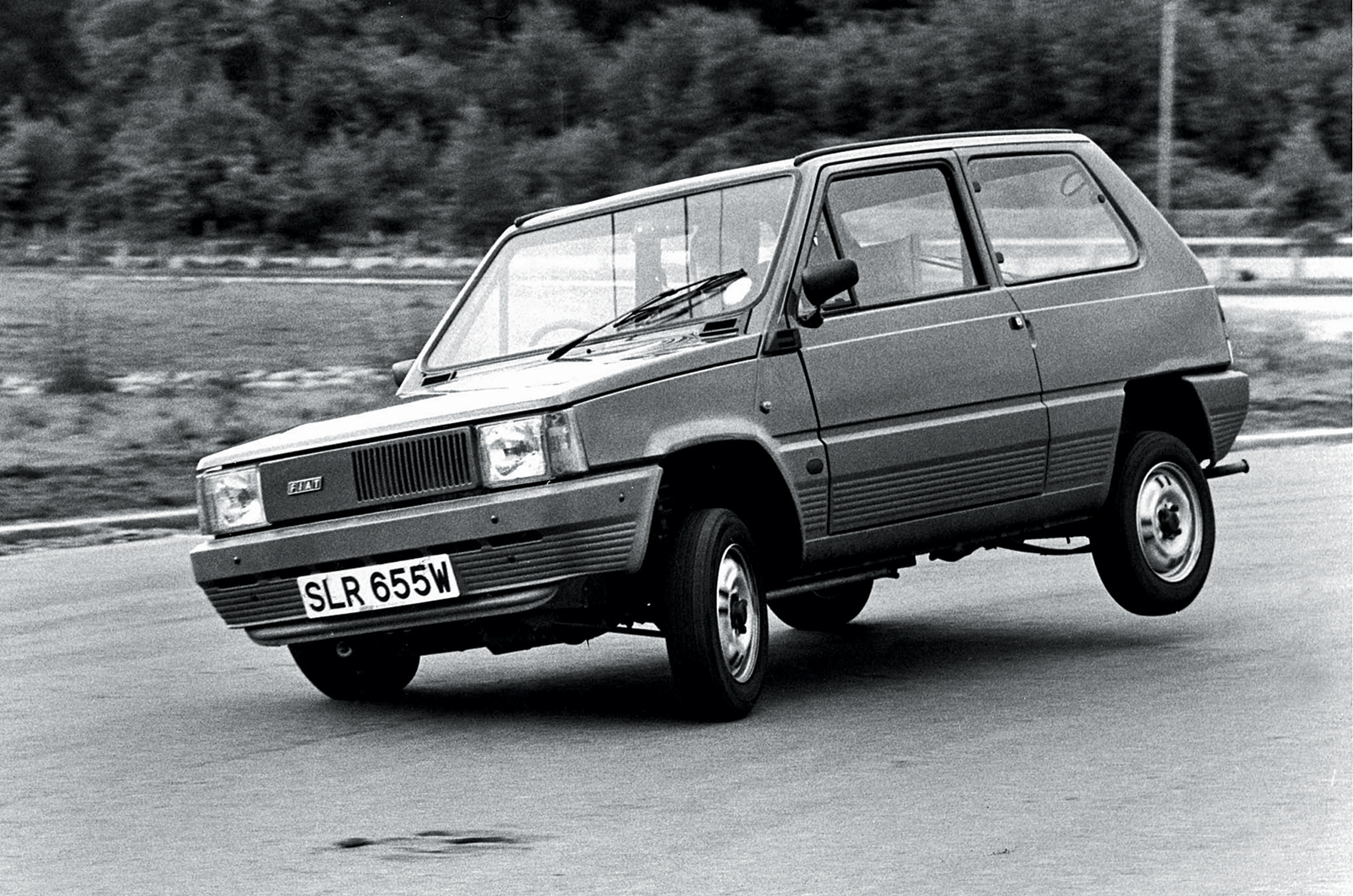
The Panda was built to be tough
It was a continuation of a love affair I’ve had with the Fiat Panda since 1980, when the superbly sweet and simple original edition popped out of Giorgio Giugiaro’s remarkable imagination.

